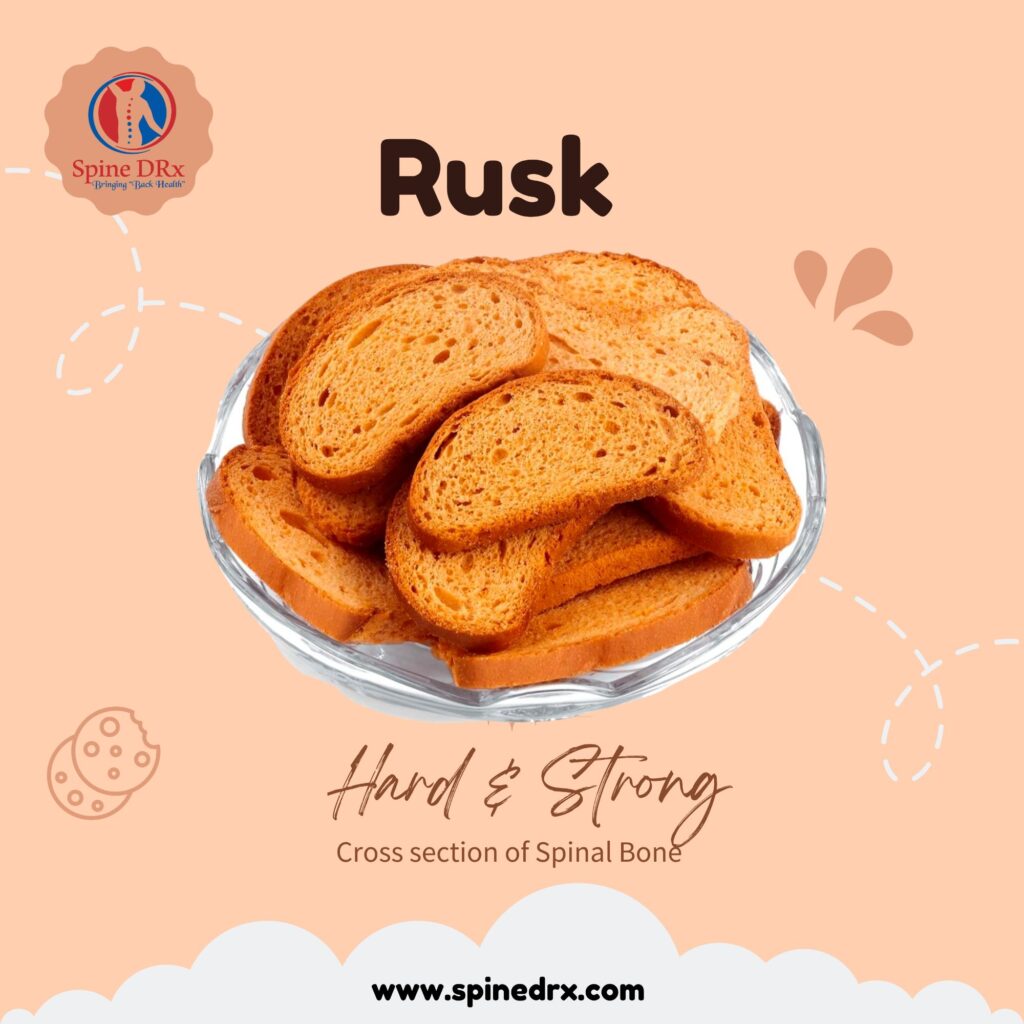What does the vertebral bone look like in a microscopic cross-section?
Under a microscope, the vertebral bone has a rusk-like appearance, with a sturdy outer layer of compact bone providing structural support. Inside, the spongy bone consists of a network of trabeculae that enhance flexibility and absorb shock. Haversian canals allow blood vessels to pass through, ensuring proper circulation within the bone. The spongy bone also serves as the primary site for bone marrow, which plays a vital role in blood cell production. Scattered throughout the bone matrix are lacunae, small cavities that house osteocytes, the bone cells responsible for maintenance and mineral exchange.
#SpineDRx #BringingBackHealth #VertebralBone #BoneHistology #CompactBone #SpongyBone #HaversianCanals #Lacunae #Trabeculae #BoneMarrow #Osteocytes #BoneStructure #MicroscopicAnatomy

